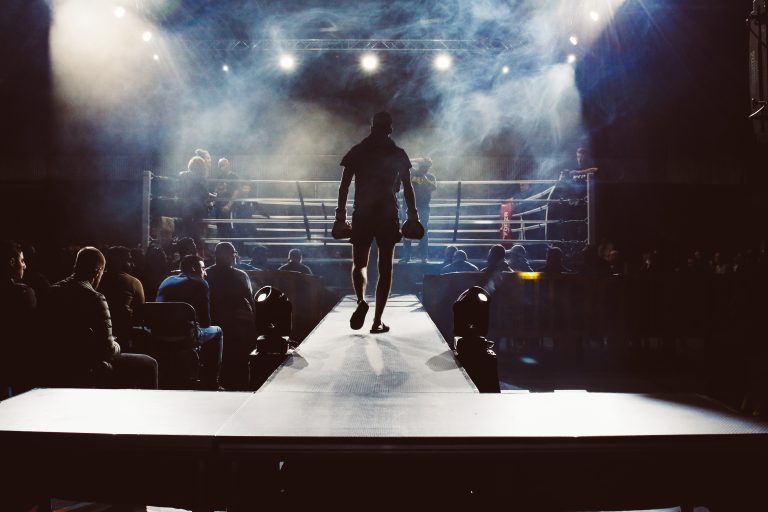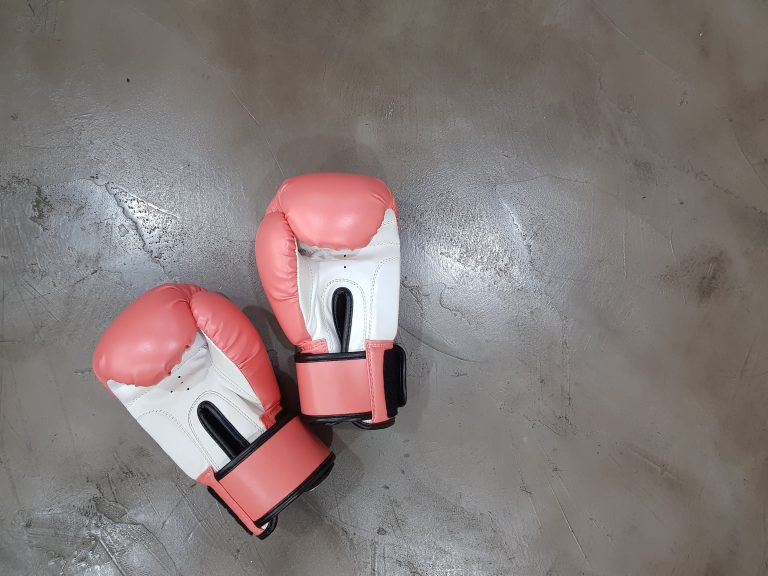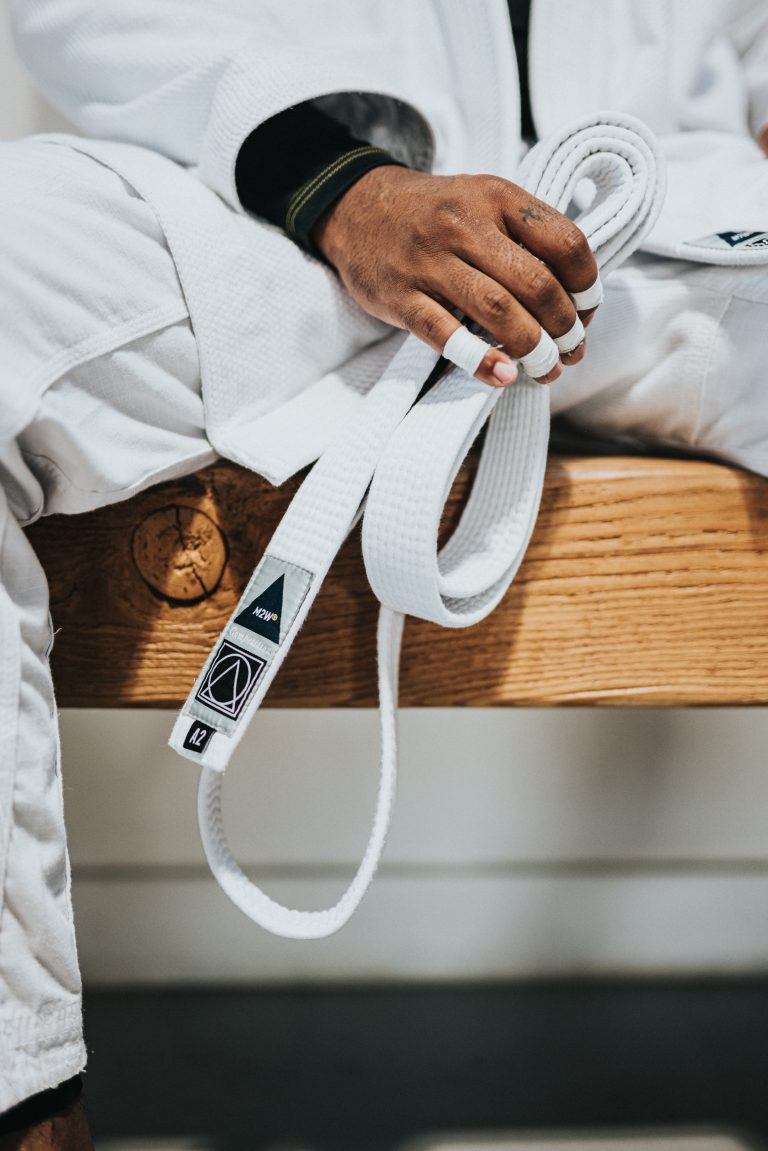The History of Martial Arts: From the Samurai to Modern MMA
Martial arts have been practiced for centuries throughout the world, evolving and changing over time. From the samurai of Japan to the modern mixed martial arts (MMA) competitions, this is a history of martial arts.
Ancient Martial Arts
The origins of martial arts are difficult to trace, but it is believed that they originated in ancient China and India. It is said that Buddhist monks were the first to develop forms of martial arts as a way to defend themselves against bandits and wild animals along the Silk Road.
Over time, martial arts spread throughout Asia and were influenced by many different cultures. Some martial arts, like Kalaripayattu from India or Silat from Malaysia, evolved from military training.
Samurai and Bushido
In Japan, the samurai class in feudal society developed a code of honor called bushido, which emphasized bravery, loyalty, and self-discipline. Bushido influenced many martial arts, including judo and karate.
During the Meiji Restoration in the 19th century, Japan began to modernize and Westernize, leading to the decline of the samurai and the traditional martial arts. However, martial arts still played a significant role in Japanese culture.
Martial Arts in the West
In the early 20th century, martial arts began to gain popularity in the Western world thanks to a handful of skilled martial artists who traveled the world to showcase their techniques. Jigoro Kano, the founder of judo, was one of these pioneers.
In the United States, martial arts became popular after World War II when many American soldiers stationed in Japan were introduced to judo and other martial arts. Bruce Lee, who studied Wing Chun Kung Fu in Hong Kong, popularized the idea of mixed martial arts and his philosophy of “using no way as way, having no limitation as limitation.”
Modern Martial Arts
Today, martial arts are practiced all over the world and have evolved into many different forms. MMA competitions, with their use of techniques from various martial arts, are a modern form of martial arts that showcase the skills of fighters from all over the world.
Brazilian Jiu-Jitsu, which emphasizes grappling and ground fighting, has become one of the most popular martial arts in the world thanks to its effectiveness in MMA competitions.
Despite their evolution and diversification, martial arts still embody the values of discipline, respect, and self-improvement that have been a part of their history for centuries.
Conclusion
Martial arts have a rich history that spans the globe and has been shaped by many different cultures. From the roots of Buddhism in ancient China to the modern MMA competitions, martial arts continue to captivate and inspire people around the world. And as long as there are challenges to be overcome and personal goals to achieve, martial arts will continue to thrive.
The History of Martial Arts: From the Samurai to Modern MMA
Martial arts have existed for thousands of years and have played a significant role in various cultures across the world. From their origins in Asia to their widespread popularity today, martial arts have undergone significant transformations over time. In this blog post, we will answer some of the most frequently asked questions about the history of martial arts and how they have evolved over the ages.
1. What are the origins of martial arts?
The exact origins of martial arts are difficult to pinpoint, as they have developed over time through a combination of influences from various cultures. However, many historians believe that the roots of martial arts can be traced back to ancient China, where techniques such as Kung Fu and Tai Chi were developed as forms of self-defense and physical exercise.
Over time, martial arts spread to other parts of Asia, including Japan, Korea, and Thailand, where they developed unique styles and techniques that reflected the cultural and philosophical values of each region.
2. How did martial arts develop in Japan?
Martial arts have a rich history in Japan, where they were developed by samurai warriors as a way to protect themselves in battle. The samurai developed a variety of martial arts techniques, including Jujutsu and Kenjutsu, which focused on grappling and sword fighting, respectively.
In the 19th century, martial arts underwent a period of modernization in Japan, with the introduction of Judo and Karate, which were designed to be more practical for everyday self-defense. Today, these martial arts remain popular worldwide, with millions of practitioners around the world.
3. What role did martial arts play in the development of modern MMA?
Modern mixed martial arts (MMA) is a combat sport that combines various martial arts disciplines, including wrestling, boxing, Muay Thai, and Brazilian Jiu-Jitsu. While MMA is a relatively new sport, it has its roots in the traditions of martial arts that date back centuries.
Many of the techniques used in modern MMA, such as grappling and striking, were first developed in ancient martial arts disciplines. Over time, martial arts experts began to experiment with combining different styles and techniques, leading to the creation of modern MMA as we know it today.
4. How have martial arts influenced popular culture?
Martial arts have had a significant influence on popular culture, with countless movies, TV shows, and video games featuring martial arts themes and characters. Some of the most famous martial arts movies include Bruce Lee’s Enter the Dragon and Jackie Chan’s Drunken Master, both of which helped popularize martial arts in the west.
Additionally, martial arts have influenced other sports and physical activities, such as yoga and Pilates, which incorporate elements of martial arts training into their routines.
5. Can anyone learn martial arts?
Yes, anyone can learn martial arts, regardless of their age, gender, or fitness level. Martial arts can provide a range of benefits, including improved physical health, increased confidence, and self-discipline.
However, it’s important to find a reputable instructor who can guide you through the proper techniques and ensure that you’re practicing in a safe and supportive environment.
Conclusion
Martial arts have a rich history and continue to play an important role in today’s society. From their origins in ancient China and Japan to their widespread popularity in modern MMA, martial arts have undergone significant evolution over time. Whether you’re looking to improve your physical health or gain self-defense skills, martial arts can provide a range of benefits for practitioners of all ages and abilities.
Inhaltsverzeichnis






